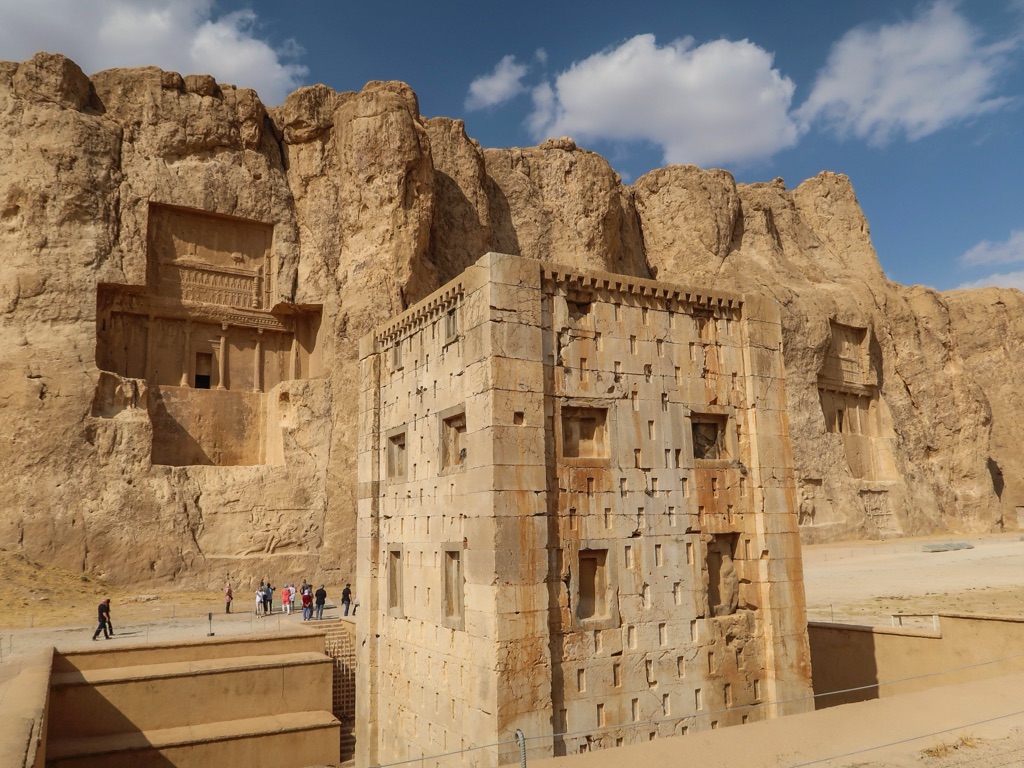Naqsh e Rostam is a historic site of colossal grandeur and significance, where echoes of ancient ceremonies still linger. Known as the necropolis of Persian kings, it boasts a cluster of royal rock tombs carved into a sheer cliff face. Visitors marvel at its four monumental tombs, belonging to Achaemenid kings, including Darius the Great. The site also includes seven Sassanian rock reliefs that showcase the empire’s power through depictions of imperial conquests and royal ceremonies, creating a narrative carved in stone that has withstood the test of time.
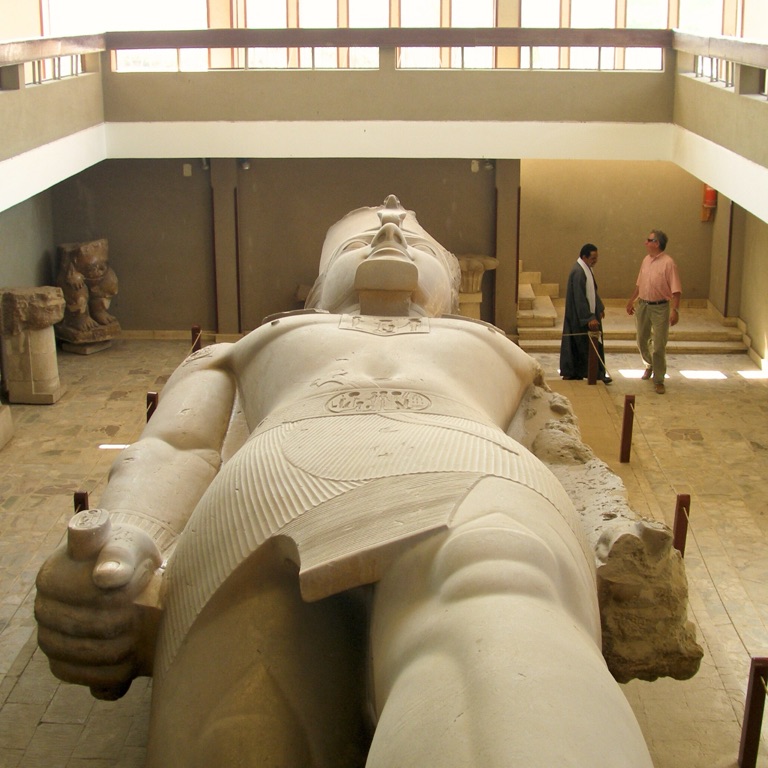
Common Questions about the Ancient Egyptians
Ancient Egyptians in art and hieroglyphs had different skin tones, showing the various ethnicities in the area. Many had black hair and styled it in different ways, sometimes even using wigs instead.
Men typically sported beards, and both sexes wore makeup, including kohl around the eyes, believed to have protective properties. They usually made their clothing from linen, and both genders popularly wore jewelry. It’s important to note that artistic conventions in Egyptian art may not always accurately reflect their true physical appearance.
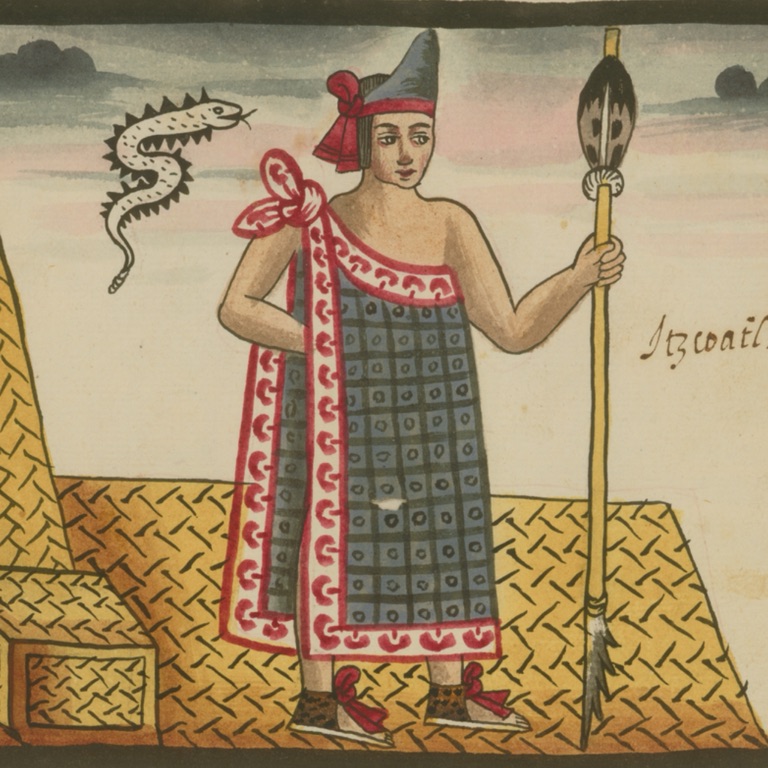
The Glory and Downfall of the Aztec Empire
The Aztec Empire was powerful and advanced in pre-Columbian America, known for its strength and innovation. Their story is one of rapid rise to dominance and an equally swift downfall. The Aztecs captivated the world with their complex society, impressive city-planning, and controversial rituals. We still find their accomplishments fascinating and the negative aspects of their culture that caused their downfall.
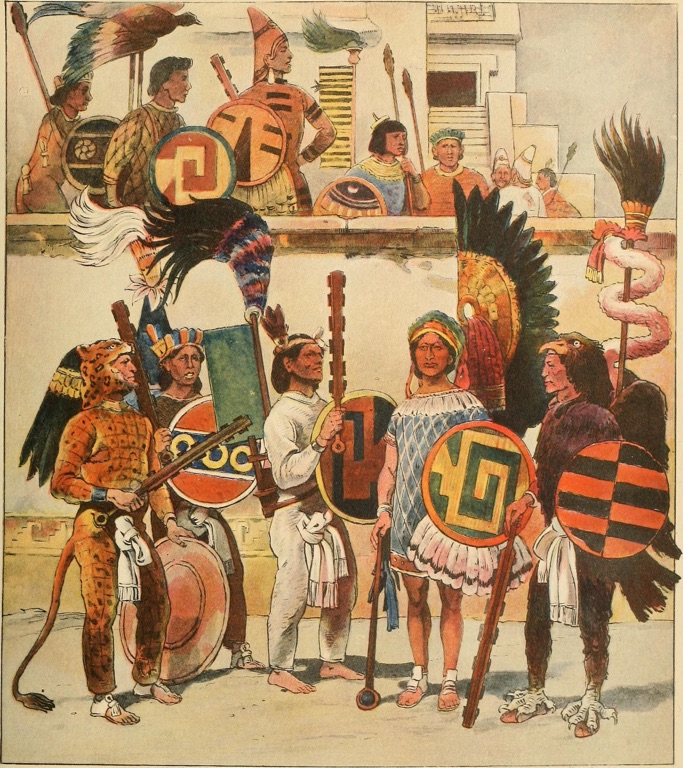
Aztec Innovations and Daily Life
The Aztecs were a highly inventive and complex society. They crafted a world with detailed social systems, grand cities, and forward-thinking technologies. Beyond their known military achievements, they left a mark on various aspects of life. This article peeks into the Aztec way of life, examining their food, clothing, and social structures.
Everyday activities for the Aztecs were full of cultural meaning. They weren’t just fierce warriors; they were farmers, crafters, and merchants who carved out a distinctive lifestyle. We will delve into their daily practices, values, and enduring innovations that continue to capture our interest.
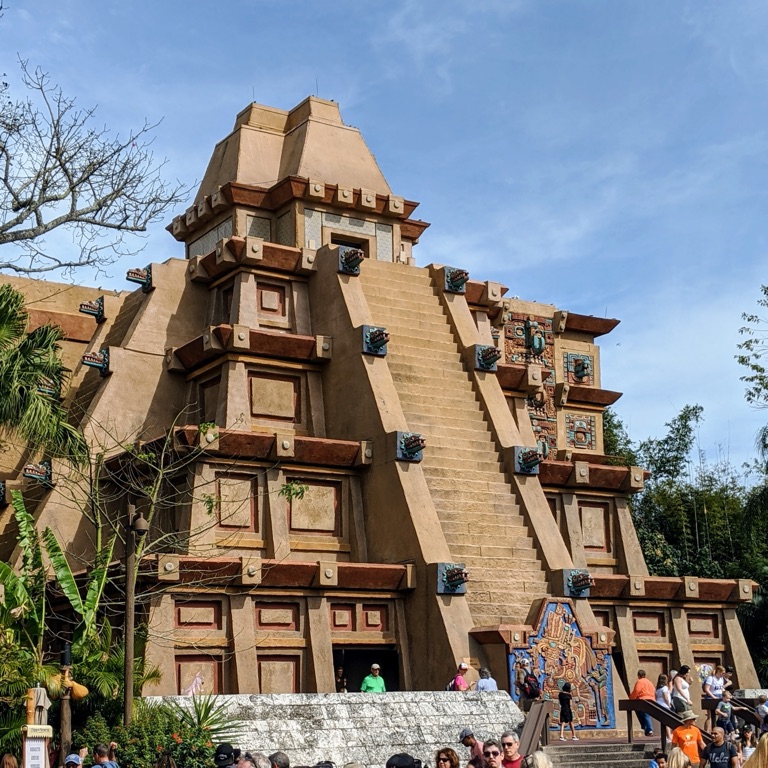
The Aztecs and Their Pyramids
Pyramids stand as monumental symbols of ancient civilizations, capturing the imagination and curiosity of people around the world. These structures are not only architectural marvels but also offer a window into the societies that built them. The Aztecs in Mesoamerica and the Egyptians in Africa constructed pyramids that have stood the test of time, each reflecting their unique cultures and beliefs. This article aims to compare the pyramids built by these two civilizations, highlighting their construction methods, purposes, and cultural significance.
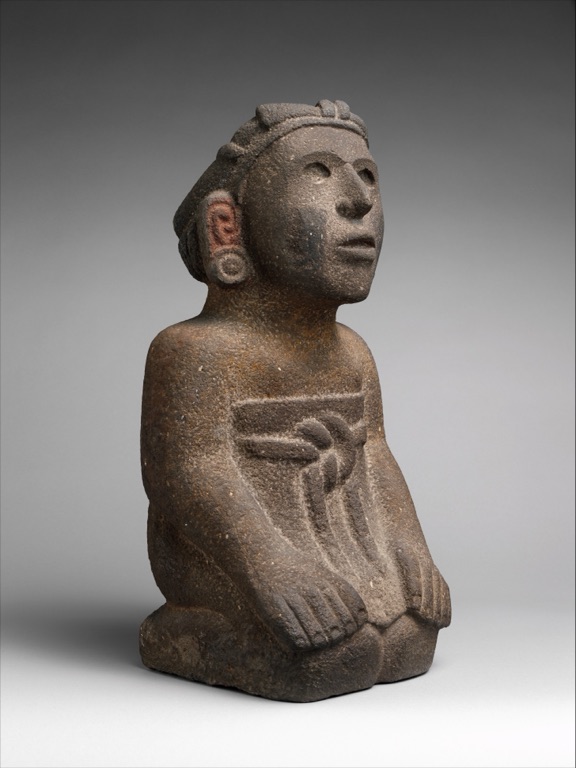
Aztec Civilization: Origins, Beliefs, and Modern-Day Legacy
The Aztec civilization was a vibrant and influential culture that flourished in central Mexico from the 1300s until the 1500s. They built impressive cities, farmed using advanced techniques, and created a rich tapestry of traditions. This article will explore the Aztecs’ beginnings, their spiritual beliefs, their empire’s growth, and their lasting impact on today’s culture.

